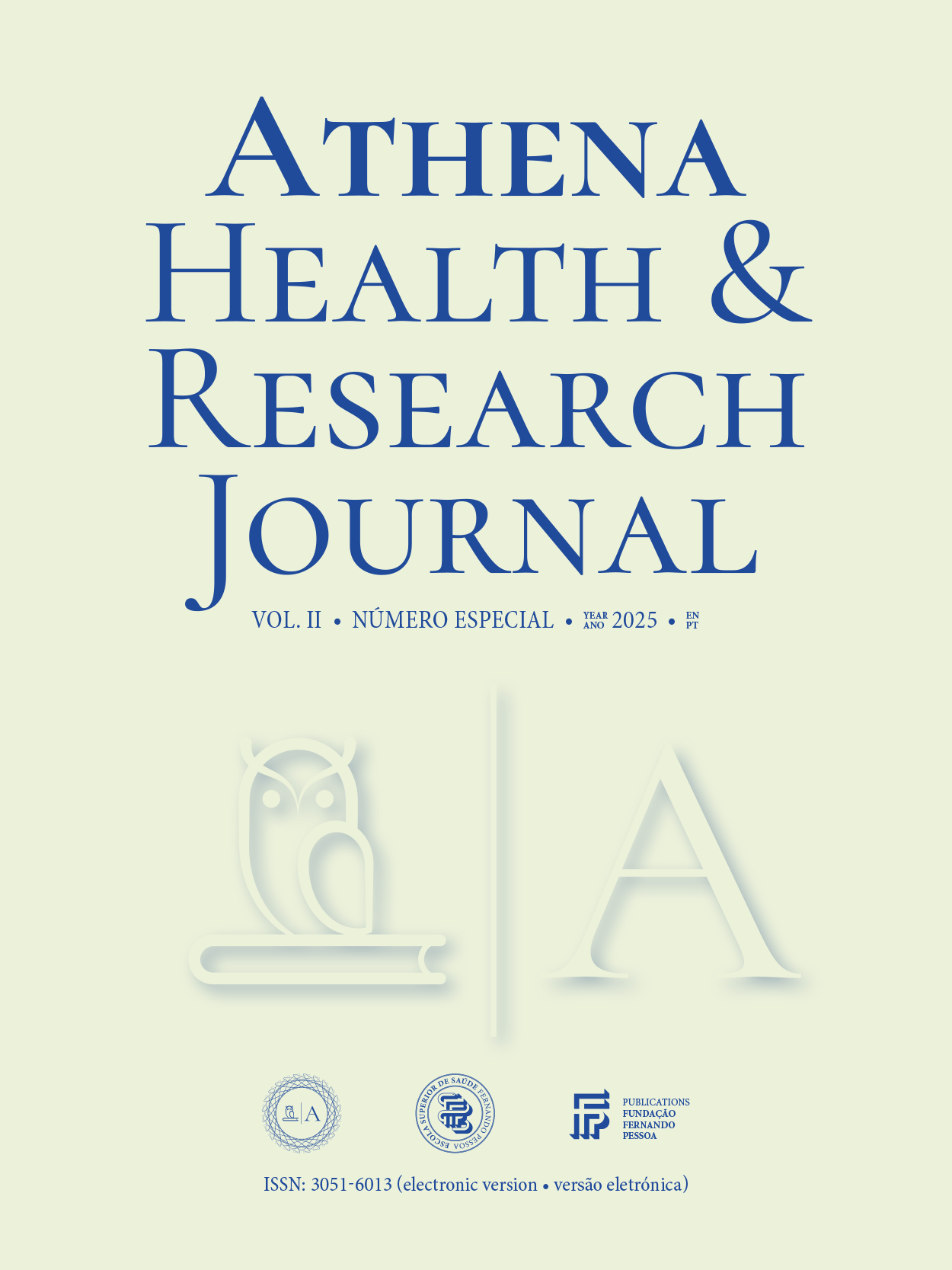Coping strategies adopted by chronic pain patients at the ESS-FP Physiotherapy Pedagogical Clinic
DOI:
https://doi.org/10.62741/ahrj.v2iSuppl..87Keywords:
Chronic pain, Coping strategies, Maladaptive coping strategies, Age-related differencesAbstract
Introduction: Chronic pain, defined as pain that persists for at least three months, is a public health problem that affects 37% of the adult Portuguese population. Coping strategies refer to the adaptive mechanisms and behaviours that individuals use to deal with stressful situations, such as chronic pain, which can be adaptive or maladaptive. Knowing the strategies adopted by people with chronic pain allows for the implementation of educational interventions aimed at a better understanding of the condition.
Objectives: The aim of this study is to understand the coping strategies adopted by chronic pain patients at the CPF-ESS-FP and to verify the association between them and the age of the participants and analyse the differences between age groups.
Methodology: The study was approved by the local Ethical Committee. A cross-sectional analytical observational study, assessing the coping strategies of patients with chronic musculoskeletal pain was conducted. Ninety-three persons with chronic pain (pain intensity: 7.2±2.1) participated in the study (68.9±12.9 years; 78 females). A sociodemographic questionnaire and the Pain Coping Inventory (PCI) were used to collect data. Three age groups (≤67; 68-76; 77+) were created with cut points at percentile 33 and 66.
Results: Positive, weak, and significant associations were found between the strategies Reducing Demands and Retreating (ρ=0.350; p=0.001) and Worrying (ρ=0.271; p=0.001). A positive, moderate, and significant association was found between Retreating and Worrying (ρ=0.413; p<0.001). Positive, weak, and significant associations were found between Transformation and Distraction (ρ=0.364; p<0.001). Positive, weak, and significant associations were found between age and Reducing Demands (ρ=0.346; p=0.001), and between age and Retreating (ρ=0.263; p=0.011). Significant differences in Retreating scores (p=0.012) and Reducing Demands scores (p=0.015) were found between participants with ≤67 and 77+ years.
Discussion: Positive and significant associations between maladaptive coping strategies and between adaptive coping strategies. Moreover, age was positively associated with maladaptive coping strategies and higher scores of retreating and reducing demands were found in older participants. This highlights the need to incorporate education towards positive coping strategies to deal with chronic pain, defining interventions approaches more aligned with the biopsychosocial model.
Conclusion: Results highlights the need to incorporate education towards positive coping strategies to deal with chronic pain, defining interventions approaches more aligned with the biopsychosocial model.
References
NA
Downloads
Published
Issue
Section
License
Copyright of published papers is assigned to the Journal, but all content is licensed under the terms of Creative Commons Non-comercial 4.0 International License. Thus users are allowed to read, download, copy, distribute, print, search, or link to the full texts of the articles, or use them for any other lawful purpose, without asking prior permission from the publisher or the author. This is in accordance with the BOAI definition of open access.














